By Ho Qingxiang
Mythical Adventures Hidden in the Sands
The Prince of Persia franchise holds a special place in the hearts of gamers worldwide. Since its inception in 1989, it has captivated players with its compelling storytelling, intricate level design, and fluid platforming mechanics. However, in recent years, the series has seen a decline in popularity and innovation, in part due to Ubisoft’s handling of the franchise. While Ubisoft has released The Lost Crown in 2024 and is planning to release a remake of Sands of Time in the future, I feel that there has been a lack of direction for the franchise as compared to the company’s other big franchises like Assassin’s Creed and Far Cry.
To reignite the magic of Prince of Persia, especially its 3D format version, I believe there needs to be a change in vision for the franchise. This means rebooting the franchise and giving it a new direction that is not restricted by the burdens of past entries. This would also be a good opportunity to differentiate the franchise from the Assassin’s Creed series and have it break away from Ubisoft’s standard formula.
While innovation is essential for revitalizing the franchise, it’s crucial to maintain the core elements that define Prince of Persia. The series is known for its seamless blend of platforming, puzzle-solving, and combat. Thus, any new installment should preserve these elements while introducing fresh mechanics to keep players engaged. Let us explore some of these gameplay elements that should be enhanced while staying true to the essence of the series.
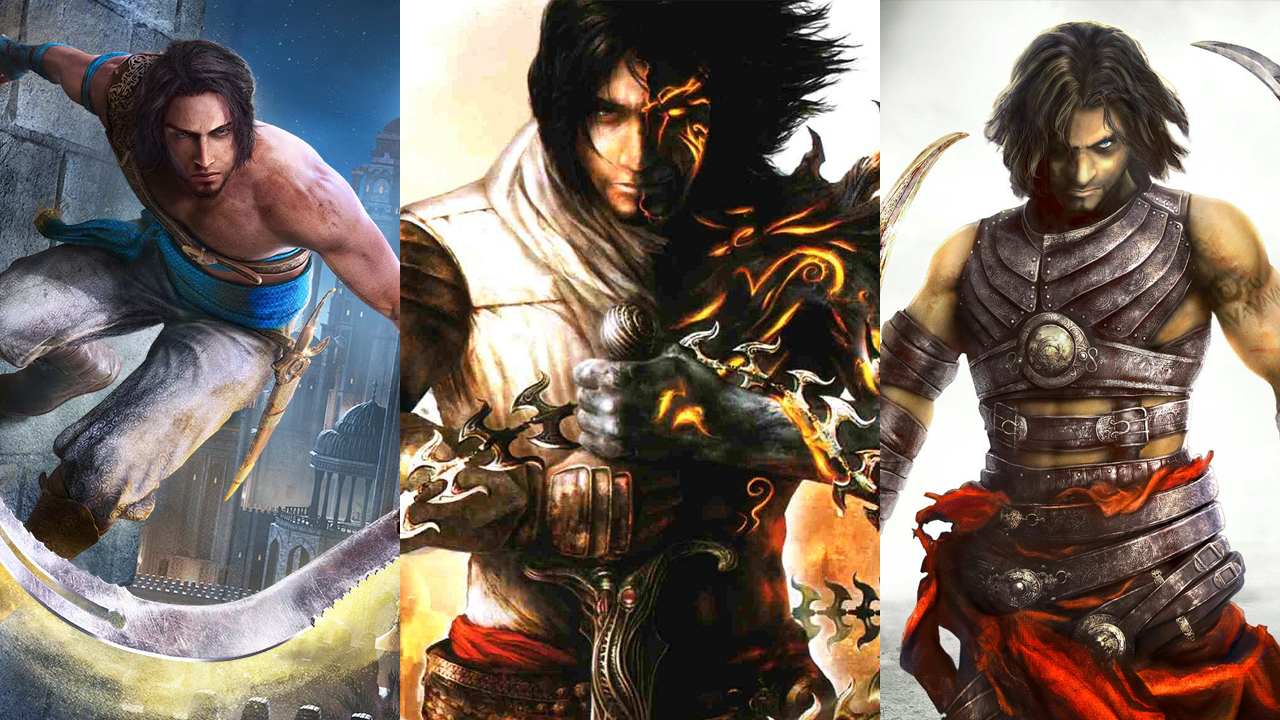
Having been put on the sidelines for a long time, revitalizing the Prince of Persia franchise requires a delicate balance of innovation and tradition.
Suggestion 1: Parkour Platforming Thrills
Since The Sands of Time released in 2003, one of the hallmark features of Prince of Persia is its acrobatic and fluid movement for platforming sections. These sections are often designed like parkour challenges to make transversal feel robust and exciting. These designs are integrated into the environment to allow players to move around the world with grace and precision. Players have to observe their surroundings, gauge the distances and time their actions in order to perform feats of seamless movement. This parkour design is also implemented in the Assassin’s Creed series, especially in Assassin’s Creed Revelations.
To better differentiate Prince of Persia from Assassin’s Creed, a more exaggerated form of movement can be incorporated in its parkour platforming. While Assassin’s Creed focuses more on a realistic portrayal of movement, Prince of Persia can adopt a more fantastical approach to platforming since it is based on the myths and legends found in Arabian stories.
Double jumps, magical grapple hooks, enchanted gliding, skidding across surfaces, and more can be part of the players’ moveset. The players can also do acrobatic flips and aerial tricks as they leap off ledges and bounce off walls. There are similar platforming designs found in games like The Pathless, Forspoken and Insomniac’s Spiderman. That said, good transversal movement needs good environment design, so it is beneficial to plan different areas for different types of platforming goals, namely reactive, puzzle and leisure.
Reactive platforming areas are like linear one-off boss challenges. They are usually critical to the game’s progression and would test the players’ skills in terms of quick thinking, well-timed actions and keeping momentum. Such challenges are likely time-based and would require players to retry a few times before succeeding.
Puzzle platforming areas are optional challenges. They are usually not time-based and would not kill the players if they fail. These areas would present a goal to the players and let the players experiment on how they want to reach that goal using whatever movement skills they have at hand.
Leisure platforming areas are non-linear open spaces that function like playgrounds for the players. These areas allow the players to try out their movement skills without the threat of danger or time-pressure. Players are free to do silly things with their movement or make their own goals. As players gain new movement skills, they would discover new short-cuts and exploit ways to transverse these areas quicker.
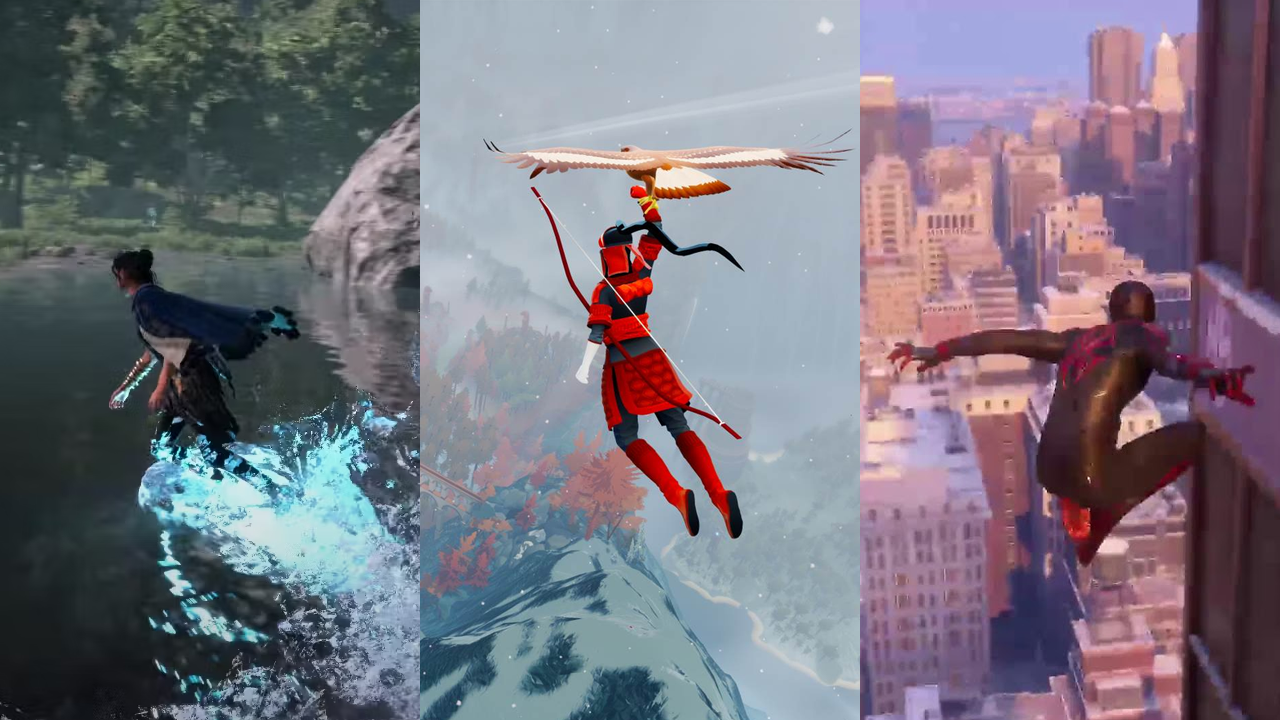
Adding more exaggeration and fantasy elements to the transversal of Prince of Persia would help to differentiate it from Assassin’s Creed.
Suggestion 2: Slightly Emergent Puzzles
The Prince of Persia series is known for its intricate puzzles that challenge players’ problem-solving skills and ingenuity. These includes conventional environmental puzzles like switches, patterns and symbols, as well as unconventional puzzles like manipulating gravity, stopping time and bending light. Such puzzles are very similar to those found in Tomb Raider, Uncharted and the Legend of Zelda. However, given that the Prince or protagonist is often portrayed as a street-wise, athletic and creative hero, it would be interesting if the puzzles could capture that personality as well.
To do so, some of the puzzles should be designed to be emergent. This means the solutions to these puzzles are not fixed to a single option. Players can combine different tools or manipulate game systems to create somewhat unscripted results. Often, such puzzles rely on the experimentation of physics such as using the blast of a bomb to push players towards a higher platform or stacking objects to create makeshift steps. The best way to design such puzzles is to have a variety of tools with different effects that can be combined with each other to create additional effects. These effects have a secondary influence on the environment, such as making things brittle or slippery. By causing these effects, players can find more than one way to solve or overcome a puzzle.
Nevertheless, emergent puzzles can be difficult to design since their solutions arise naturally from the interaction of game mechanics, systems, and the game world itself, rather than being explicitly designed or scripted by the game developers. A balance needs to be made between emergent puzzles and non-emergent puzzles. I would keep emergent puzzles to optional rewards like hidden secrets or upgrades while having non-emergent puzzles for story-centric progression. This would help to invoke a sense of wonder and discovery in the gameplay that is reminiscent to the swashbuckling legends of that time period without derailing the linear narrative of the story.
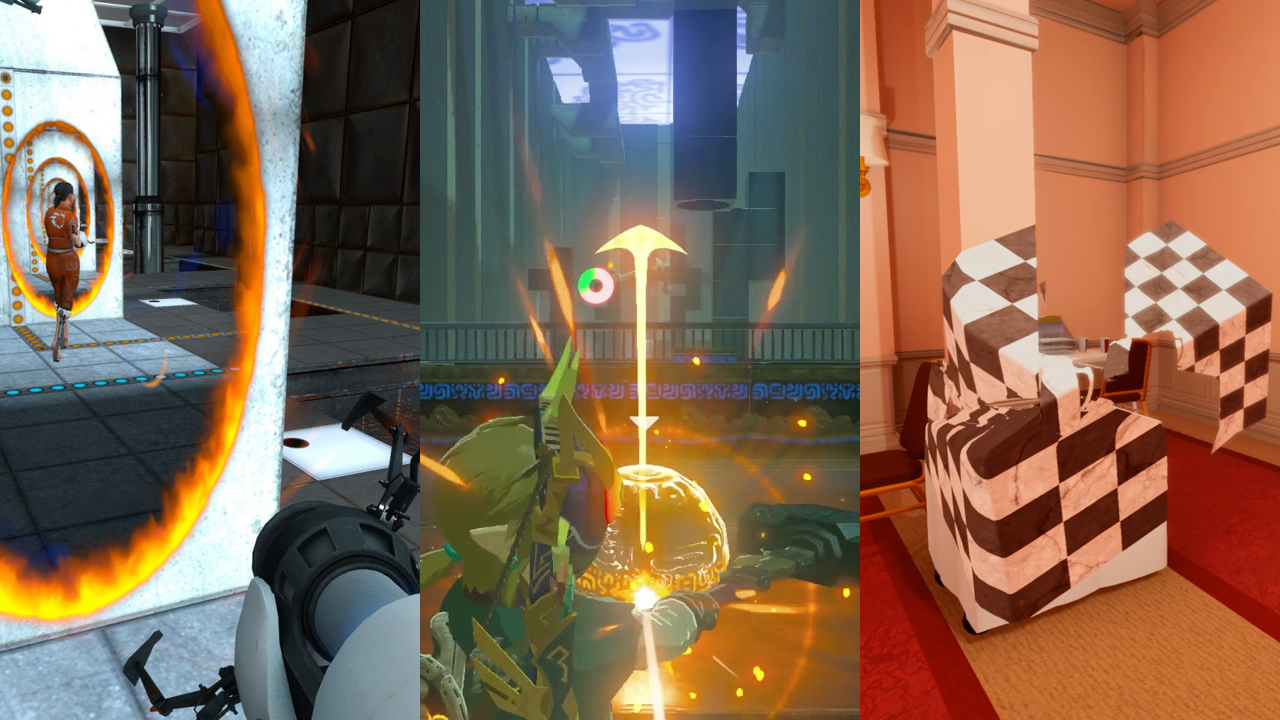
Incorporating emergent puzzles could add depth and replayability to Prince of Persia by providing players with opportunities for creative problem-solving.
Suggestion 3: Rhythmic and Precision Combat
Many would agree that combat has always been a weak aspect of the Prince of Persia series. Often, the combat takes a backseat to the platforming and puzzle-solving elements. By developing a more robust combat system, the game can provide a more dynamic and satisfying gameplay experience. While the transversal can be more exaggerated and fanciful, the combat should feel more weighted and restrained. This is because the Prince is usually portrayed as the underdog despite being light on his feet. Similar to Aladdin and Sinbad, he should not feel like an invincible superhero.
To improve it, more thought needs to be spent on designing combat around skillful timing and strategic thinking. Incorporating a mix of melee attacks, dodges, and counter-moves can add depth to encounters while maintaining the agility and finesse associated with the Prince being a dashing dare-devil adventurer. Personally, I would like the combat to be a blend of Sekiro, Batman Arkham, and Ghost of Tsushima. The combat in those games commonly focuses on 3 areas: familiarity, stats, tools. In these games, enemies have animations and indicators that telegraph their attacks. Players become better at combat by learning the actions of their opponents, increasing their stats and experimenting with combinations of effects from their tools.
To convey that underdog impression, I would modify the rhythm-based parry system of Sekiro to capture the excitement of reversals. However, the combat does not need to as strict as that game. Players can supplement their melee attacks by setting up traps using tools like Batman Arkham. The idea that the Prince has access to a variety of nifty gadgets or tools fits with his creative image. Examples of these traps can include burning oils, smoke bombs and poison darts. The purpose of these traps is less about stealth and more about trickery. To add more strategy to the combat, I would mimic the stance system of Ghost of Tsushima to make the Prince feel more like a warrior who adapts to any situation. There can be stats attached to these stances to give players a sense of progression and incremental mastery.
On top of these systems, there should also be an element of time-stopping or time-slowing to display the series’ hallmark of time-manipulation. This can be the main method of making the game easier for players. By slowing down time, players are afforded more leeway to observe the attacks of surrounding enemies and to decide their counter actions. Such abilities can also give players more room to avoid attacks. Players can either upgrade these abilities to deal with stronger enemies or not upgrade them to create additional difficulty.
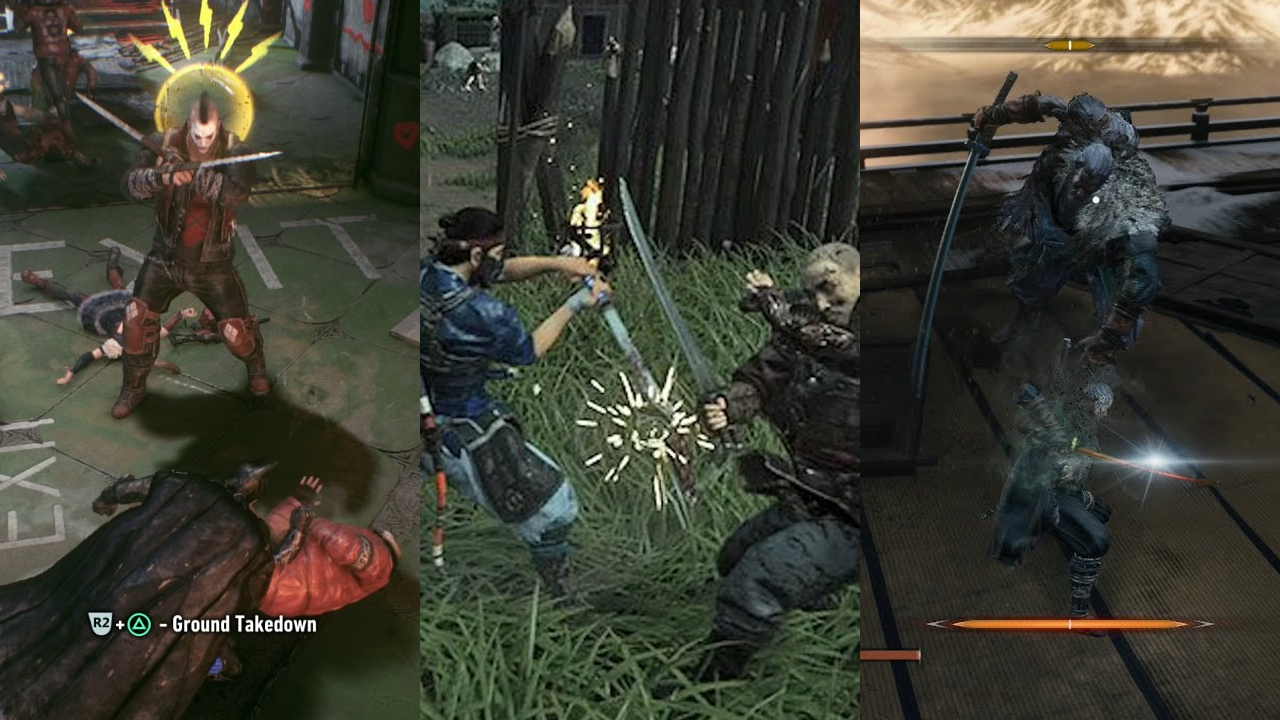
Combining rhythmic parry systems into the combat of Prince of Persia would add a dance-like quality to battles.
Suggestion 4: Fantasy Aesthetics and Story
While the Sands of Time remains the highlight of the series in terms of its gameplay and story, I largely prefer the paint-like graphics and character designs of the 2008 reboot or The Lost Crown. In the latter example, there is a richer palette of colours and a stronger contrast in characters. There is a more magical feel to the aesthetics of the game world, filled with supernatural beings and giant monsters. With Assassin’s Creed taking up the realistic end of the graphics, it makes sense for Prince of Persia to embrace more artistic and unconventional rendering styles to make the series more distinct. Given the big leaps made in creating cell-shaded or anime-like textures and lighting, there is no longer a need to only pursue high-end realism.
It would be beneficial in the long-term to tie the series to its own type of aesthetic in order to solidify its branding, similar to how there is a specific look and feel across all Mario games. In my opinion, I would love it if the game looked like Netflix’s Arcane. Not only does that show have a paint-like quality to its textures, it maintains a vibrant feel despite its edgy storyline. Such a rendering style adds a lot to atmospheric storytelling. Alternatively, adopting an illustrative aesthetic like Dordogne can make the game feel like an animated Arabian storybook, filled with mystical adventures and colourful vibes.
Regarding the narrative, I would move away from the interconnectedness of sequels. I see too many games trying to weave an epic multi-part story across multiple games in a series, and fail in the process because the lore becomes too convoluted or neglected. This often results in glaring plot holes and a hesitance in players to start mid-way in a franchise. Instead, I would use the Legend of Zelda approach. The games may be interconnected in some way, but they are largely independent from one another. Each game has its own complete story that does not end in cliffhangers or sequel-bait. This would fit nicely with its roots in One Thousand and One Nights which is a collection of Middle Eastern folktales joined together by a central framing narrative.
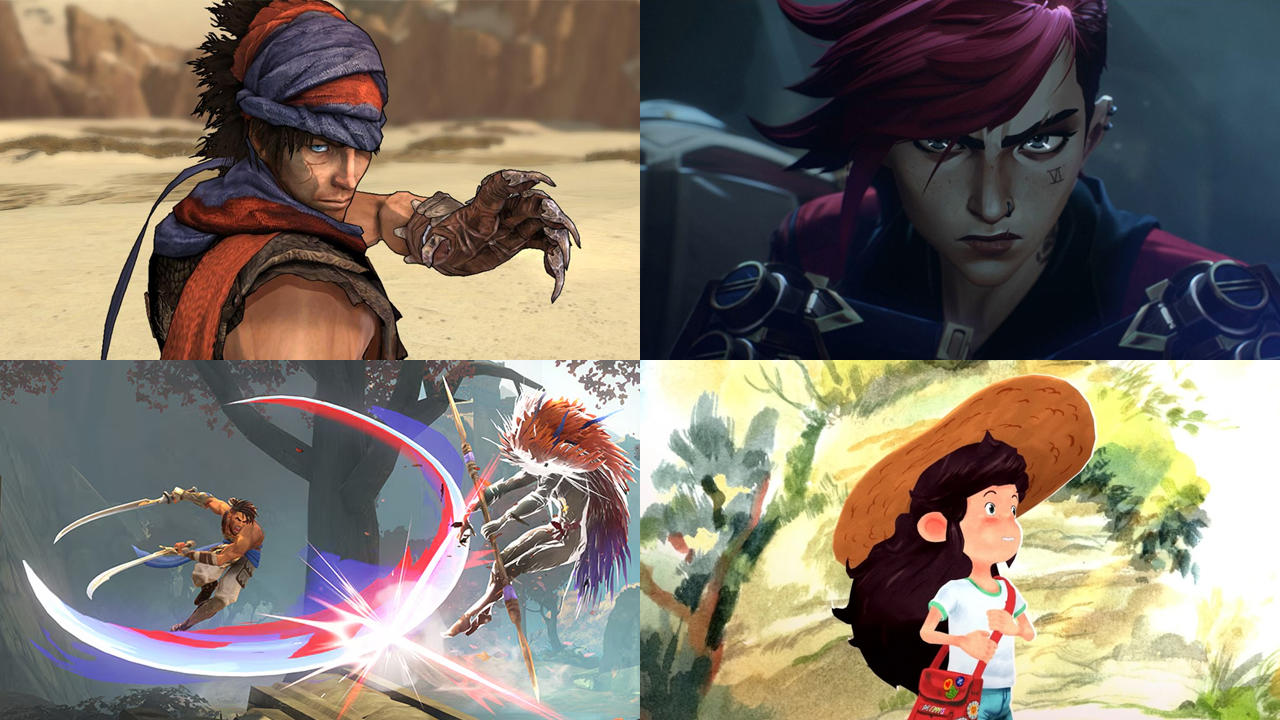
Improving the art style of Prince of Persia involves moving away from the realistic rendering seen in many Ubisoft games.
The Potential
While Assassin’s Creed remains the money-making blockbuster series that Ubisoft puts the most resources to develop, Prince of Persia still holds a special place in the hearts of many gamers. The series has left a significant mark on gaming culture, and revitalising it can capitalise on its storied legacy. Developing new Prince of Persia games can give Ubisoft the space to develop something more linear to diversify their portfolio, complementing the open-world exploration of Assassin’s Creed.
By refining its platforming elements to ensure smoother, more dynamic movement, and by incorporating innovative and challenging puzzles that engage players’ intellect and creativity, the series can provide a deeply satisfying gameplay experience. In addition, enhancing the combat system to be more fluid, strategic and rewarding can significantly elevate the series’ appeal. Incorporating features such as a robust parry system, diverse enemy types, and dynamic combat scenarios will create thrilling and memorable encounters. Moreover, updating the art style to blend historical authenticity with unconventional visual rendering can captivate both new and returning players. A cohesive artistic vision that leverages modern graphics technology while paying homage to the series’ rich cultural and mythical roots can make each game a visual masterpiece.
The gaming industry has seen a growing trend in the popularity of retro and nostalgia-driven games, and reviving Prince of Persia aligns well with this trend, meeting the market demand for classic franchises. While remakes and remasters can also serve as a gateway for new players and returning fans, having a new vision for the future of the series is beneficial to avoid stagnation. Revamping the franchise can showcase Ubisoft’s ability to create diverse gaming experiences, highlighting their talent and versatility as developers.

